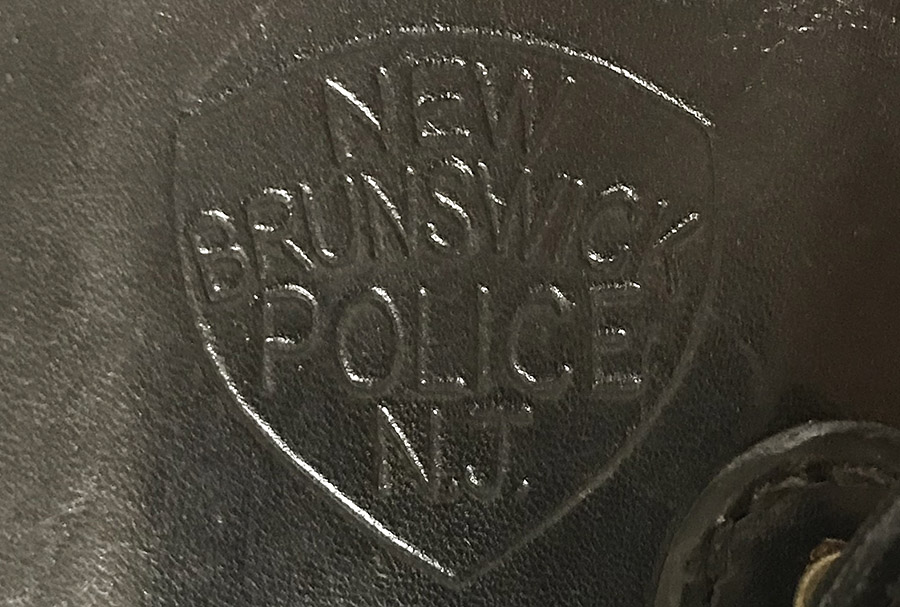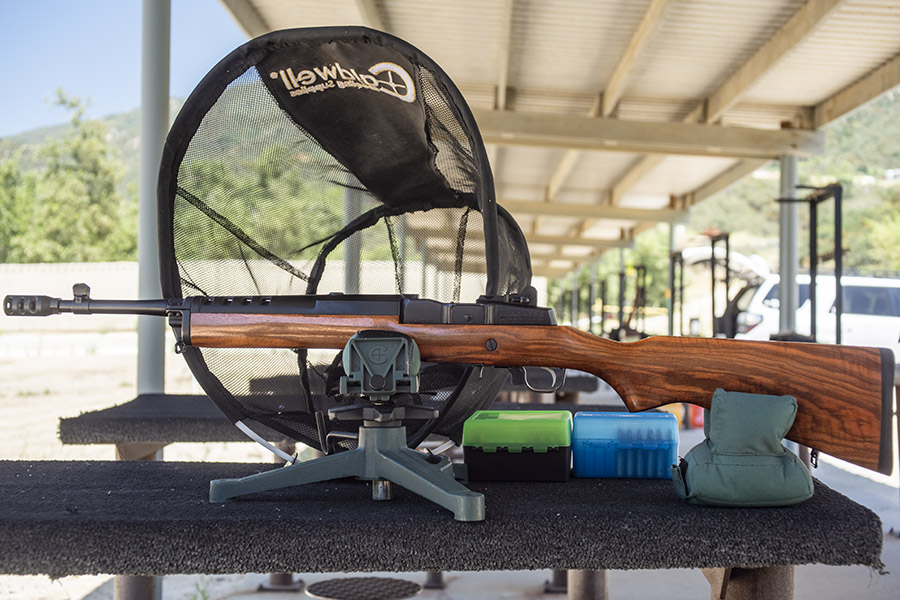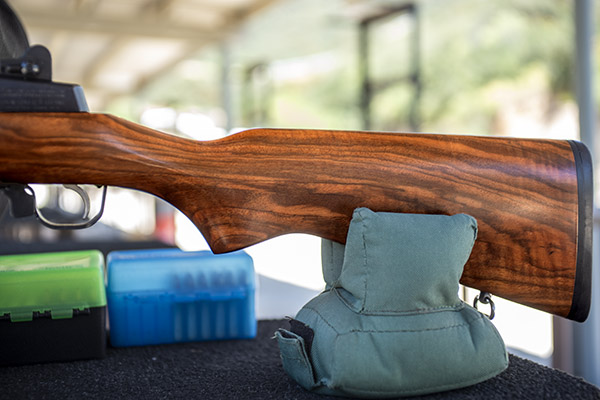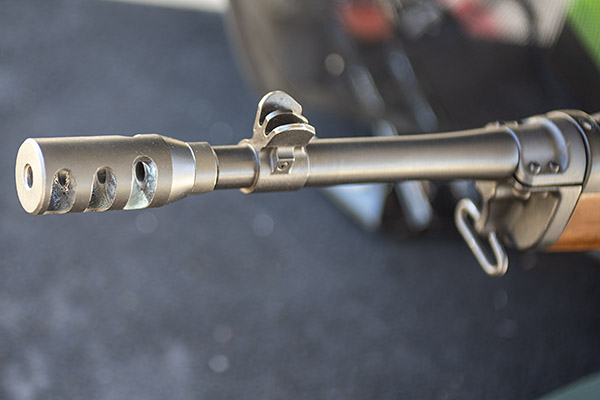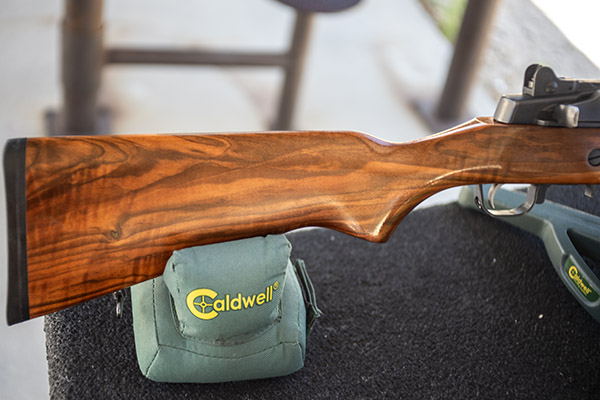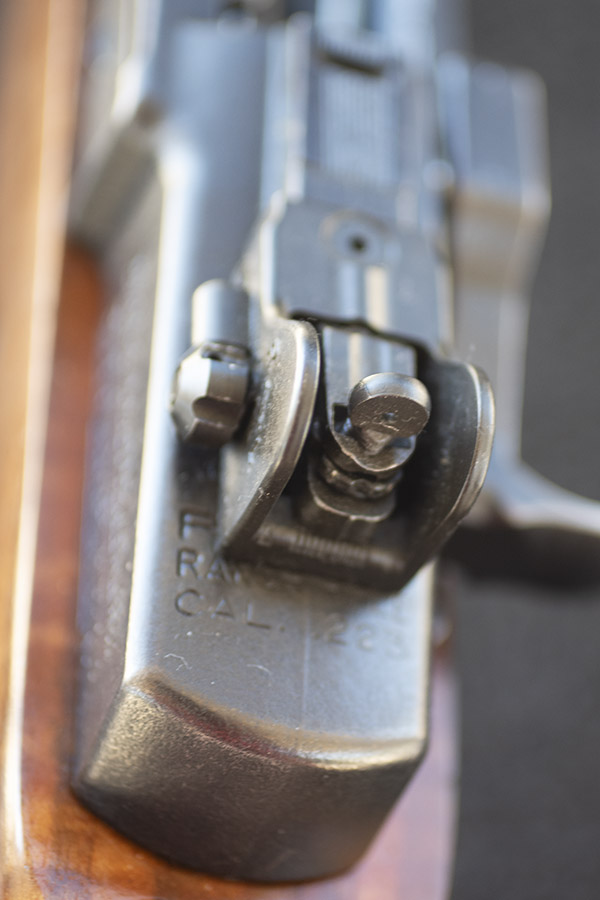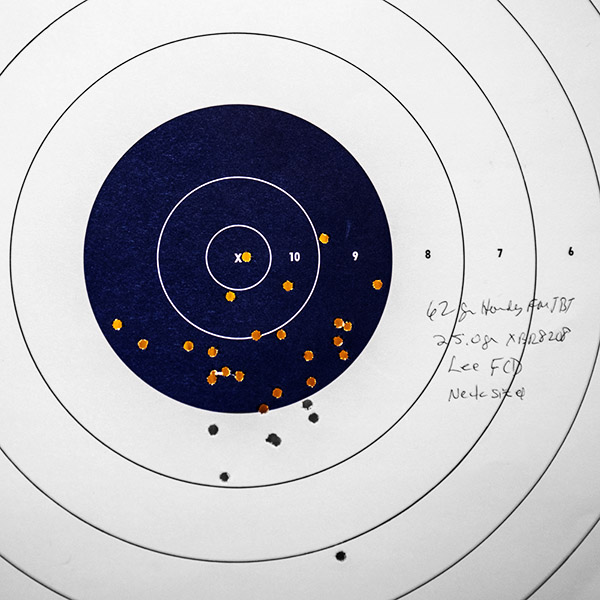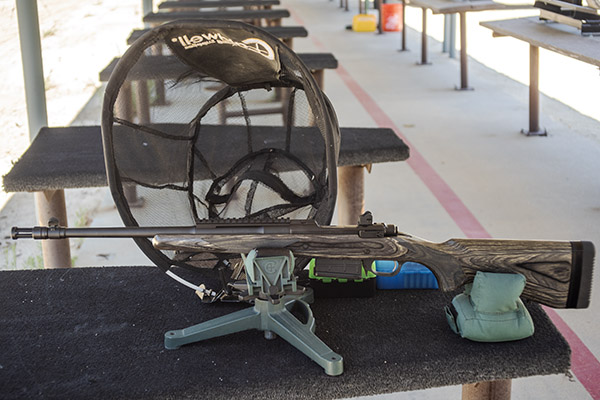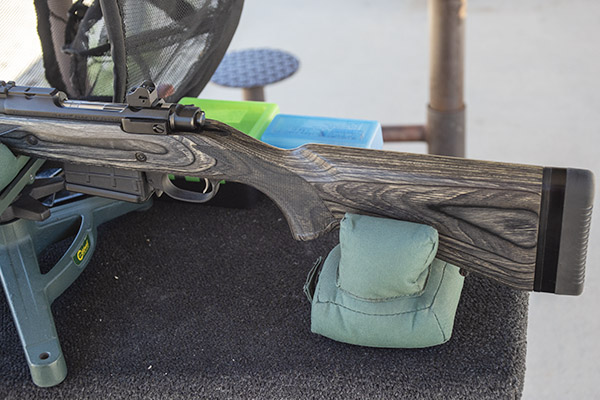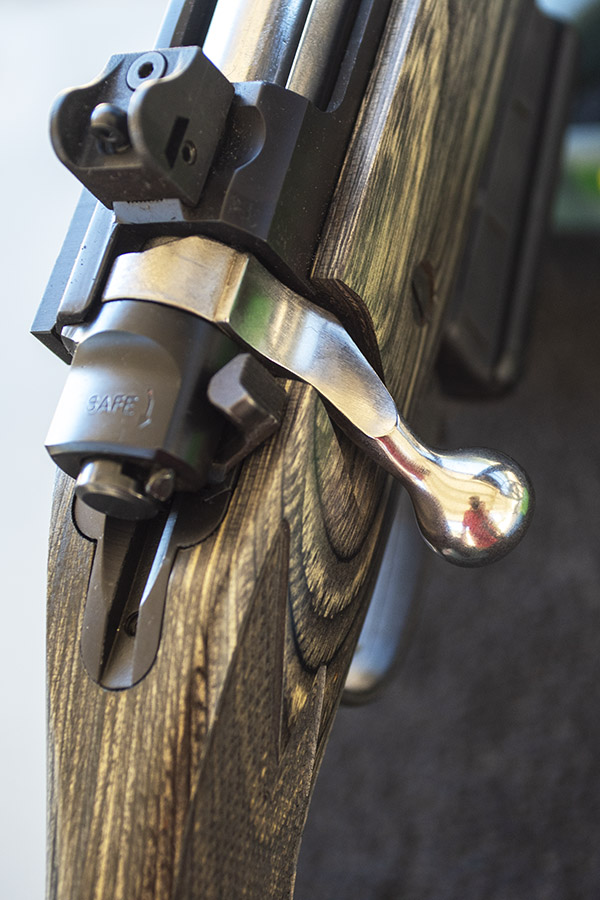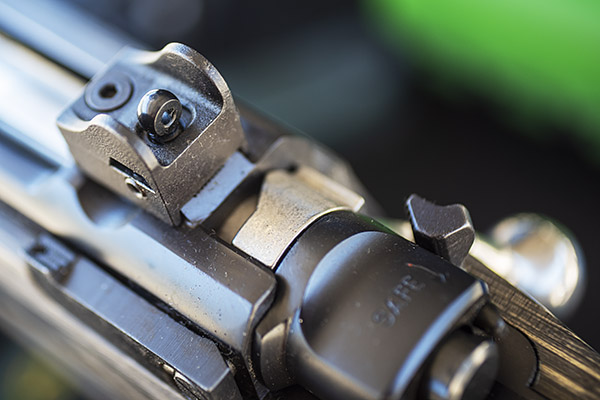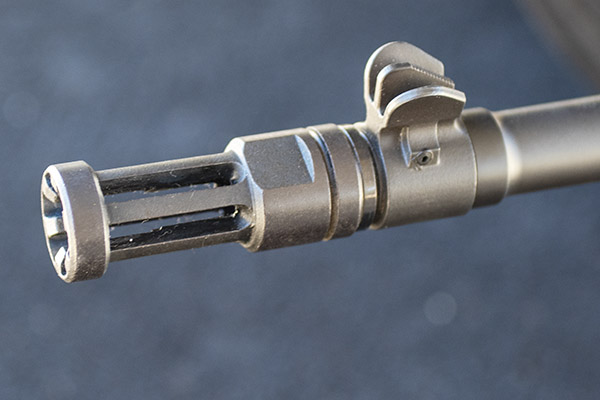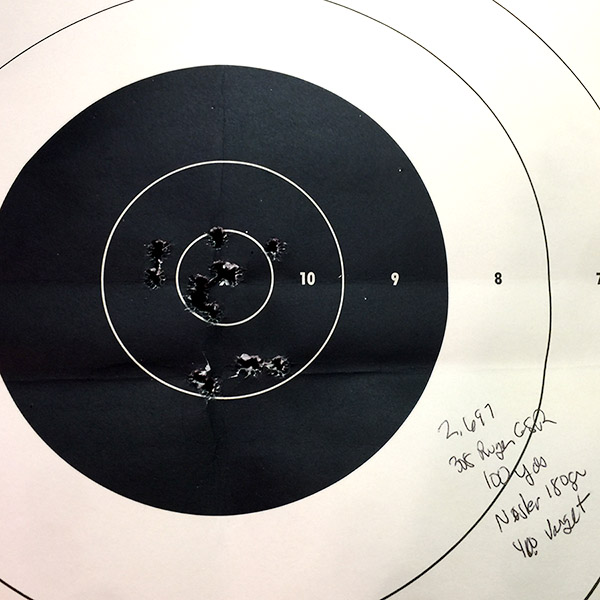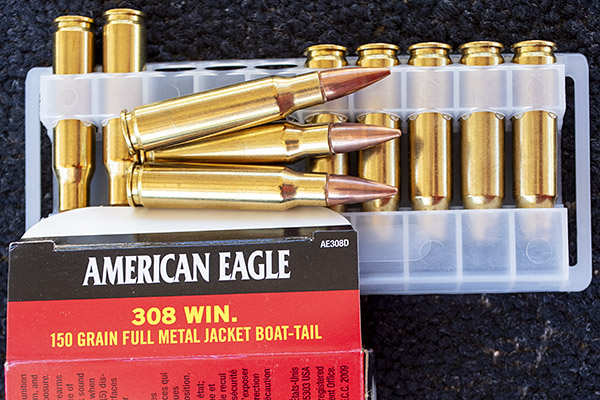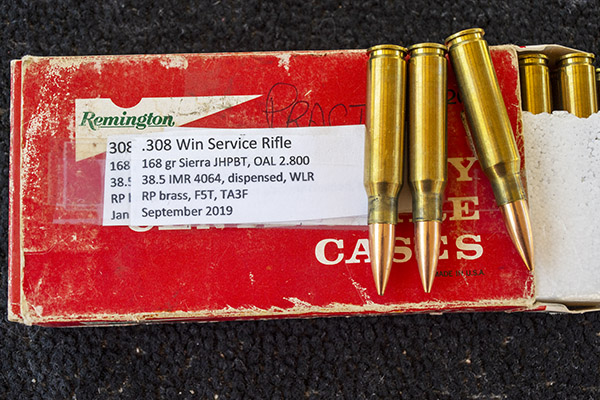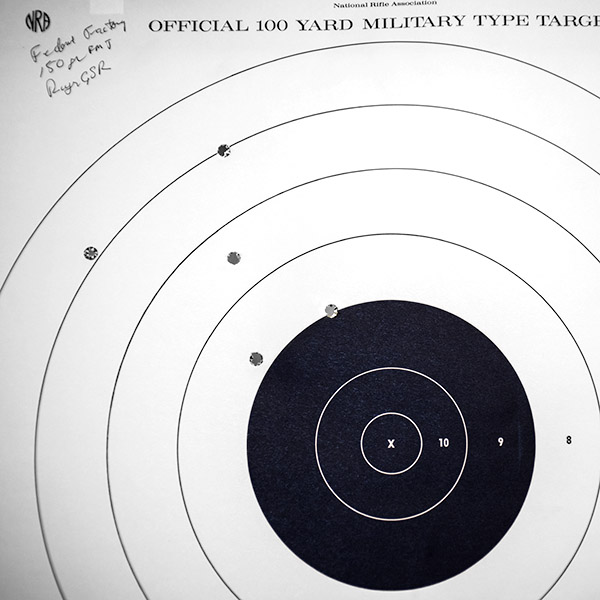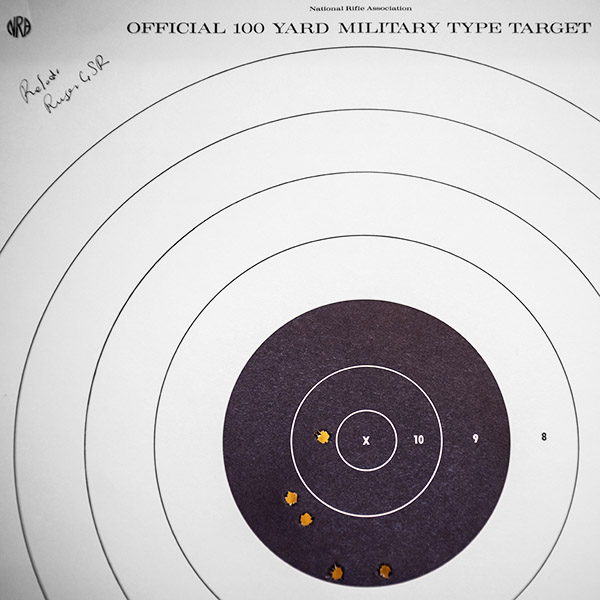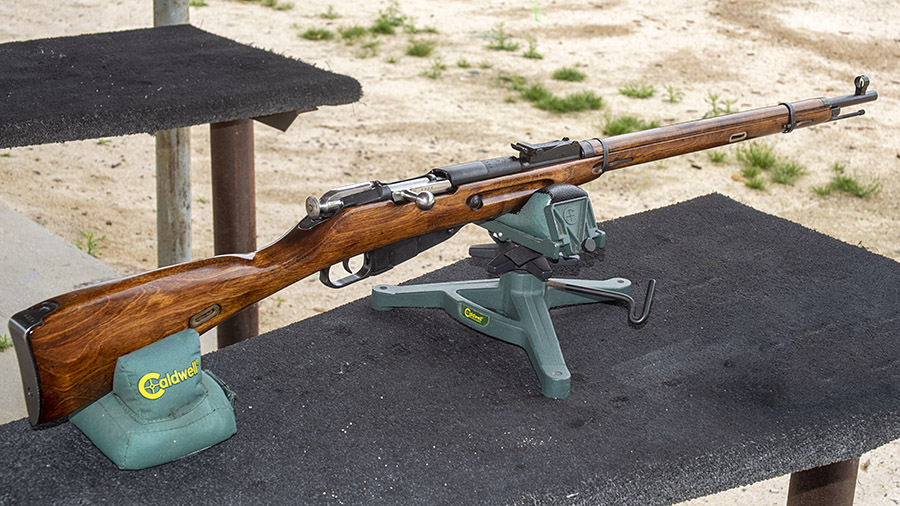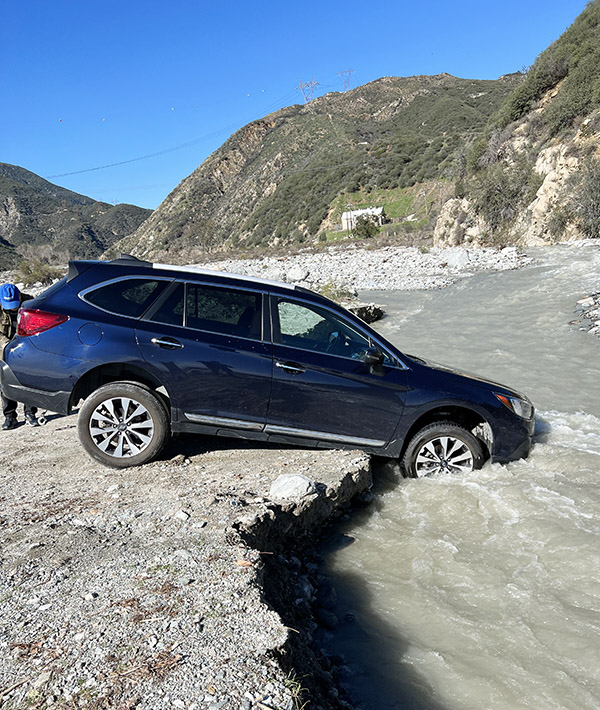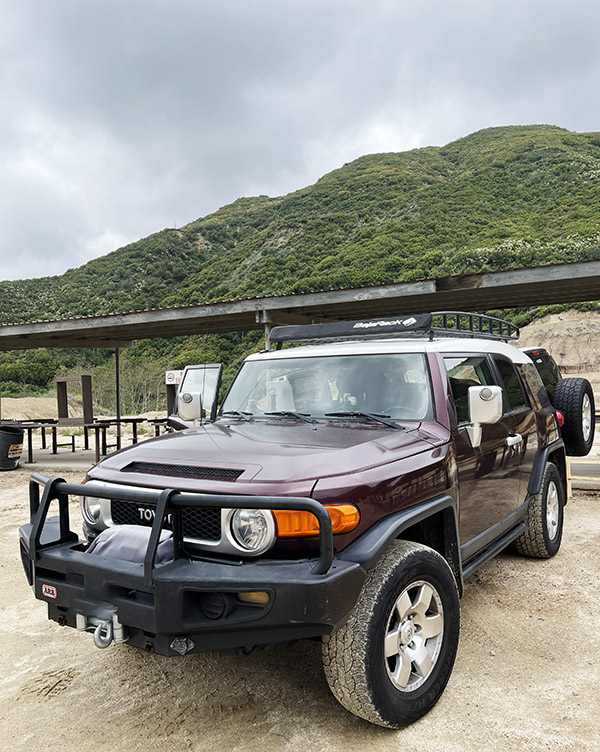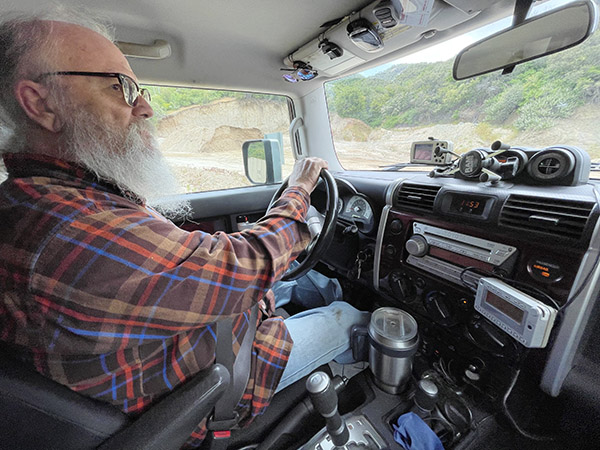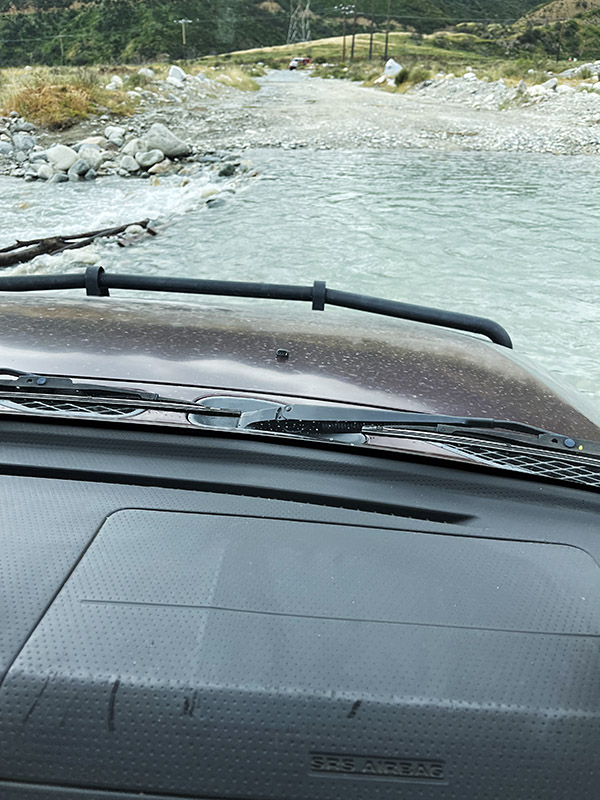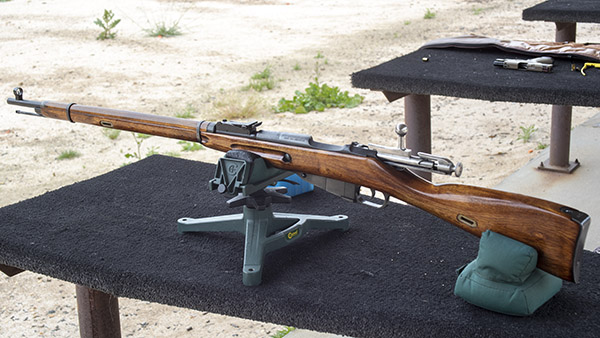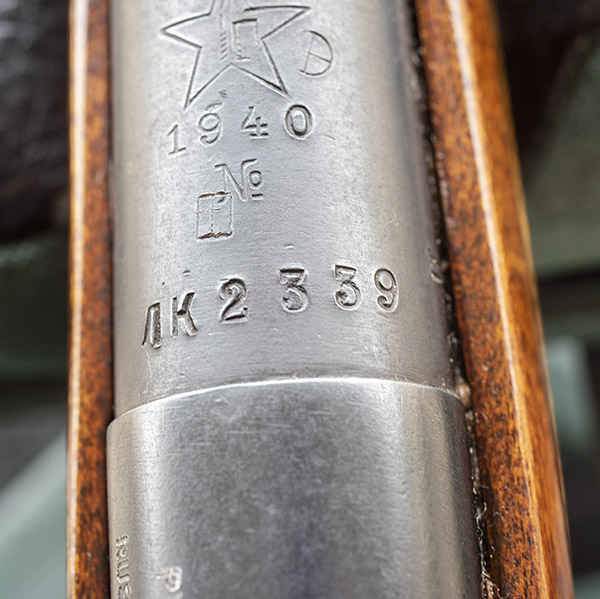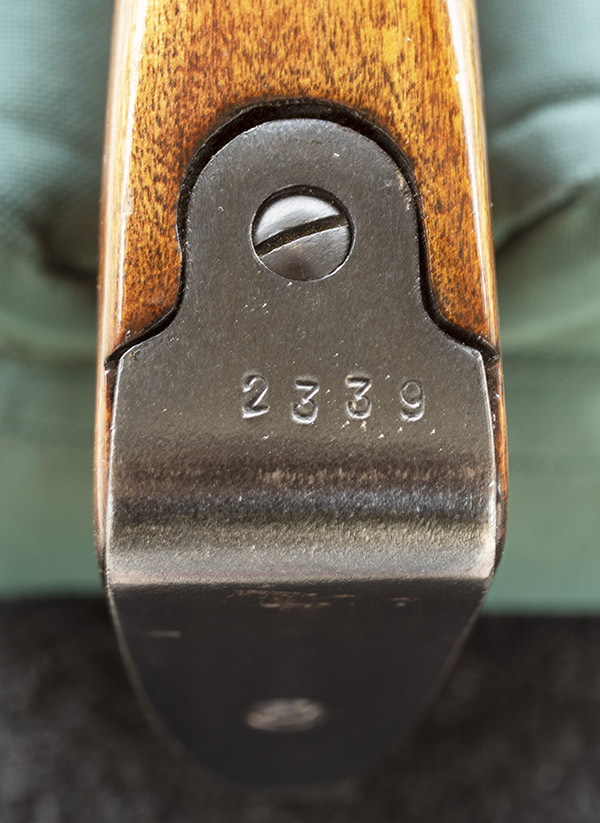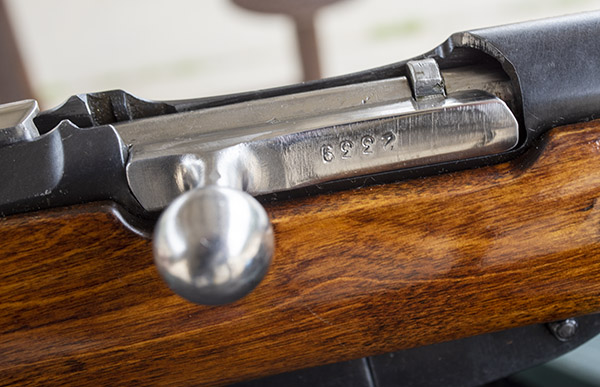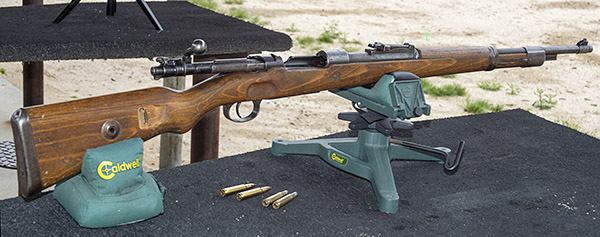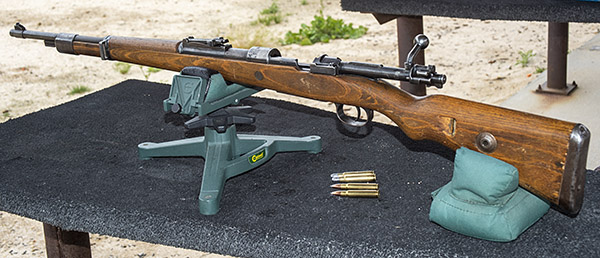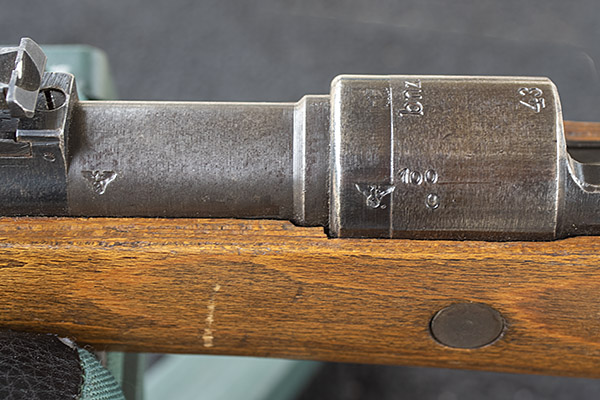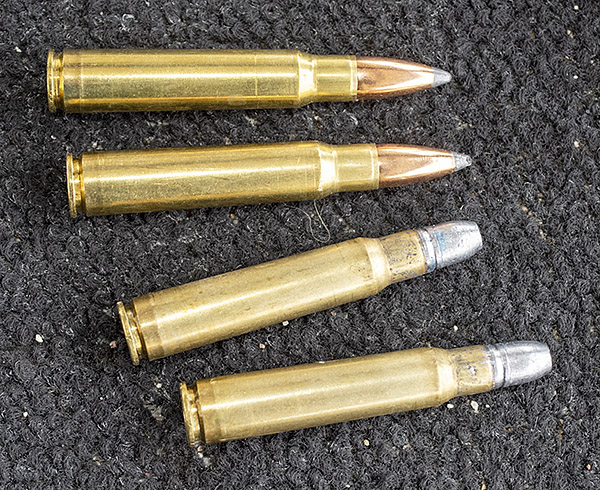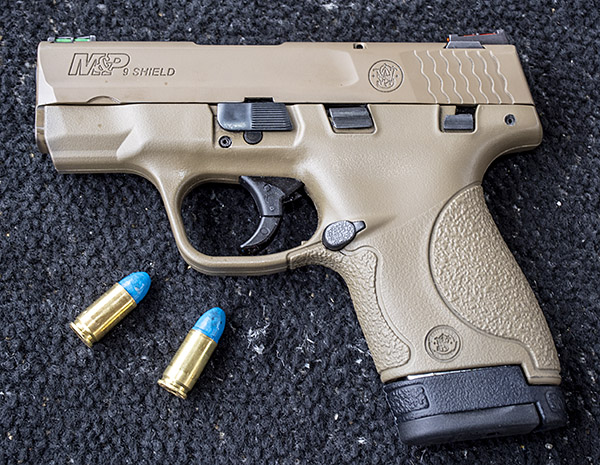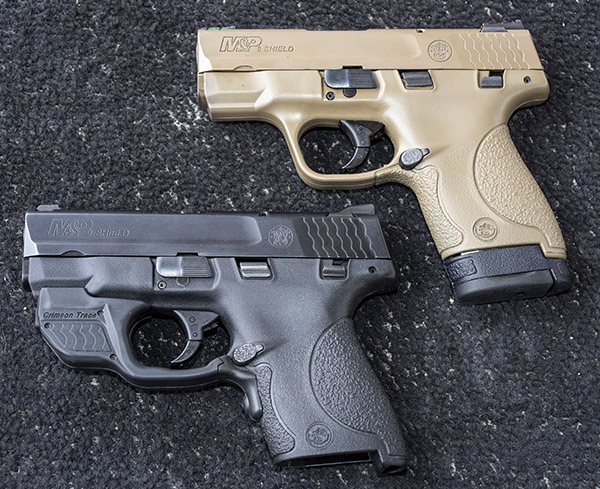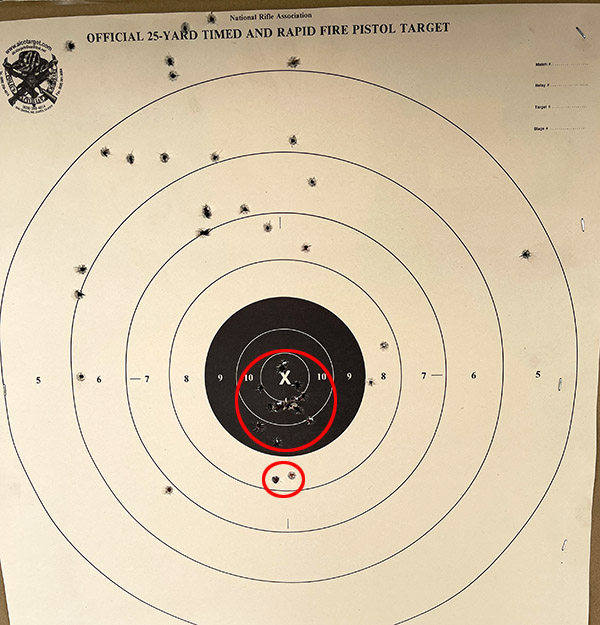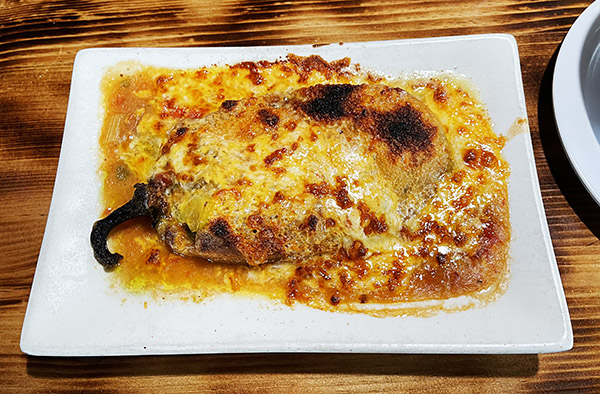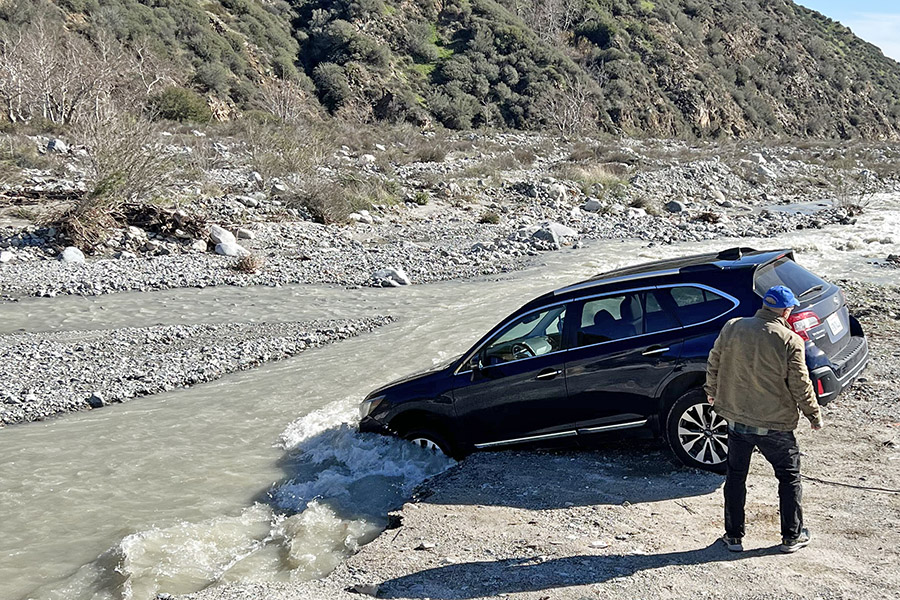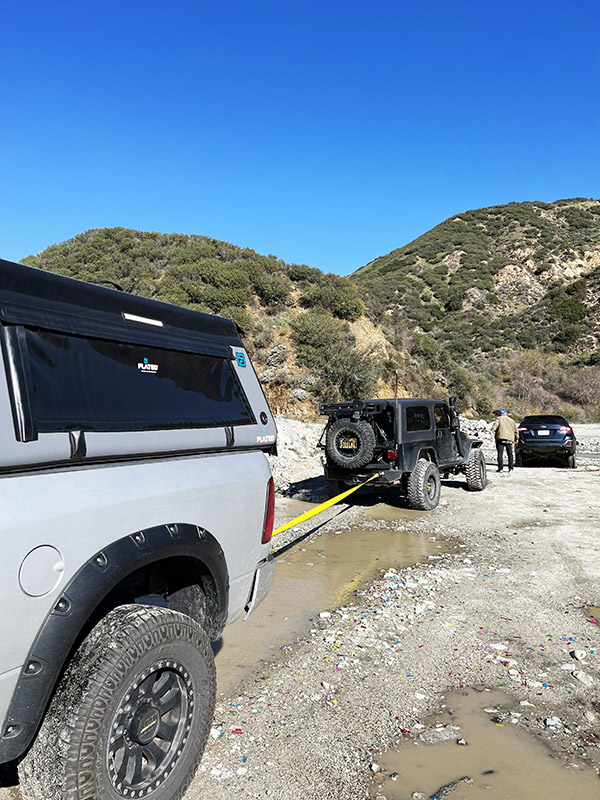By Joe Berk
Back in the 1970s I was a falling plate competitor. That competition involved knocking over a set of steel plates at a relatively short distance, usually with something in .38 Special or .45 ACP. In those days, nobody competed with a 9mm; the 9mm pistols had not made the inroads they enjoy today. A lot of guys competed with 1911s or modified K-frame S&Ws; I was a bit of an oddball and I used an N-frame Smith and Wesson .44 Magnum (with light .44 Specials, as the shot-to-shot recovery was faster and the .44 Special easily knocked the plates down). We shot from the ready position, with the gun held at an angle to the ground. The video below gives you an idea what the falling plate game looks like:
There were variations of this competition. The most exciting one was a bowling pin competition, which involved clearing a half dozen bowling pins from a table. In that one, you needed a .44 or a .45; the .38 Special didn’t have the energy to clear a bowling pin off the table. Both competitions were all about speed; whoever knocked all the plates over (or blew away all of the bowling pins) in the shortest time won.
Other similar competitions involved drawing the gun from a holster, and I wanted to shoot my AMT Long Slide Hardballer, a really cool 7-inch-barreled 1911. It’s the one Arnold Schwarzenegger used in Terminator.
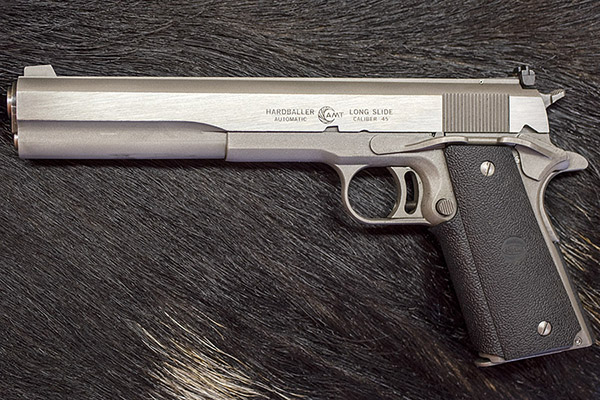
I needed a holster long enough to hold the Long Slide AMT 1911, and at that time there were none on the market. Other holsters could hold either 5-inch or 4 ¼-inch 1911s, but nobody had anything for the 7-inch AMT. Hold that thought. I’ll come back to it shortly.
I’ve written about good buddy Mike here on the blog before. Mike and I have been buddies since junior high school. He went on to become Chief of the New Brunswick Police Department. We still talk every week. Mike deputized me a couple of times when he attended the International Association of Chiefs of Police conventions. I’d always ask for a gun, and the answer was always no. But we had a lot of fun at those conventions.
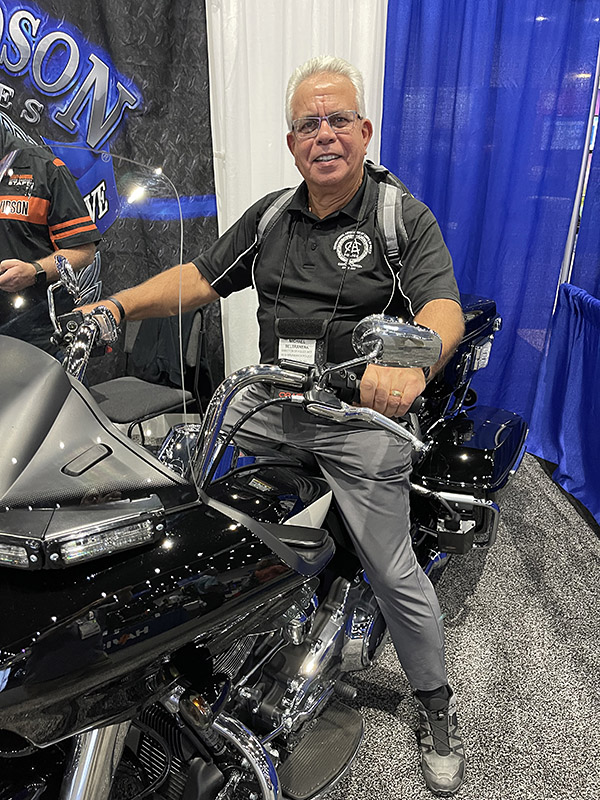
Mike called me last week. He was pumped up. He found his old New Brunswick Police Department duty holster from the days when they carried Heckler & Koch P7M8 9mm squeeze cocker semi-autos. That was the gun the New Jersey State Troopers adopted back in the ‘80s.
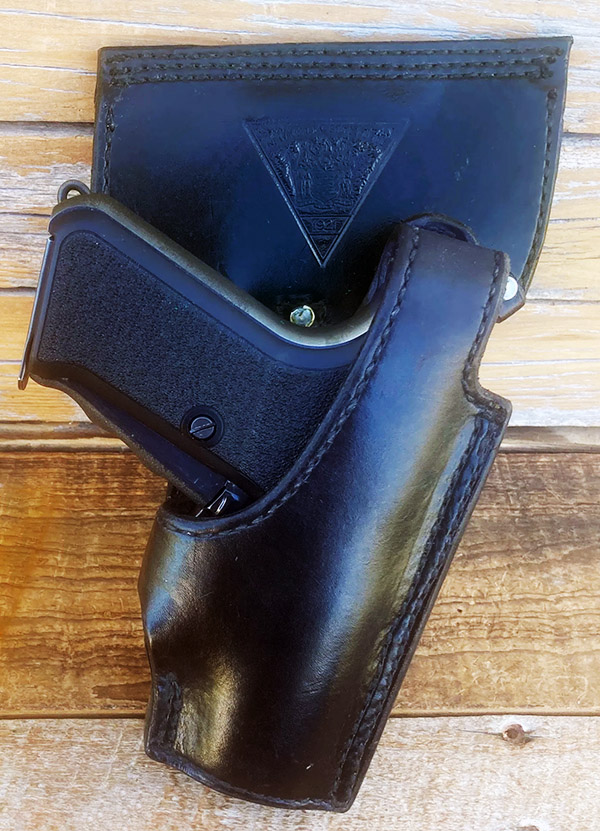
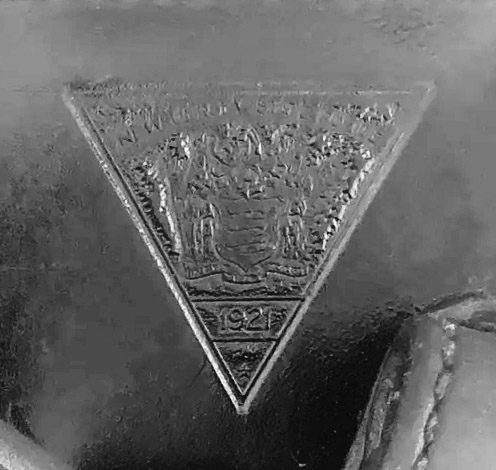
The New Jersey State Police had custom holsters crafted for their handguns by the Tex Shoemaker company, a legend in the holster business. They also had Shoemaker emboss the NJSP emblem in the leather. Not to be outdone, the New Brunswick Police Department also adopted the Heckler & Koch P7M8 9mm semi-auto, and they, too went to Tex Shoemaker for holsters embossed with the NBPD emblem. Mike had one when he served, and it was this holster he recently found. The Tex Shoemaker H&K police duty holsters have become collectible items, with this particular model appearing on Ebay for $300. Mike is going to donate his to the New Brunswick Police Department Headquarters display case. I think that’s pretty cool.
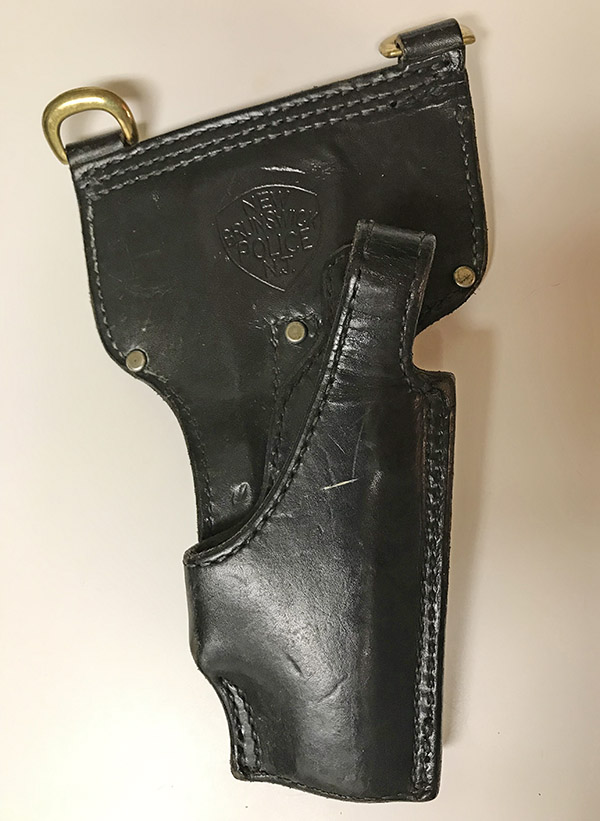
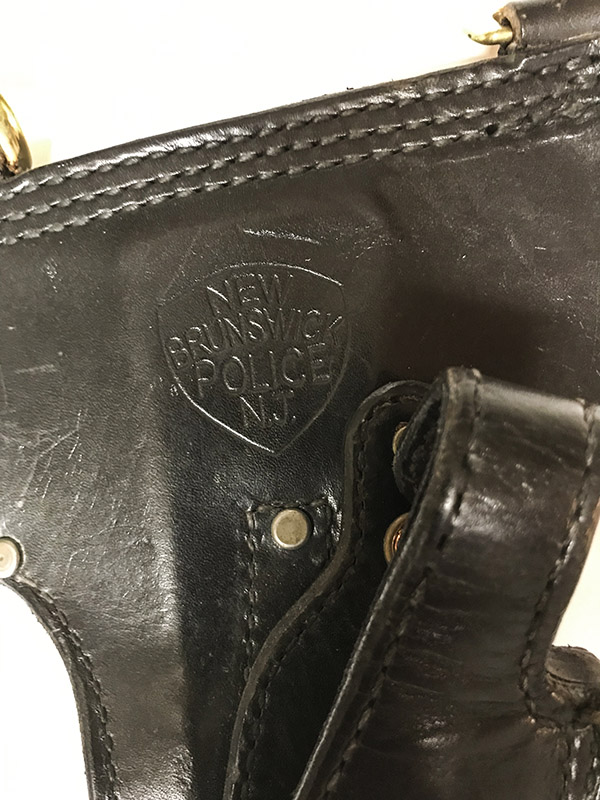
So I was thinking about this story and Mike’s holster and then I remembered: Hey, I have a Tex Shoemaker holster, and mine is brand new. The Tex Shoemaker company was located in San Dimas, which is not very far from my home. They closed up shop in 2019 (I’m assuming it fell victim to the pandemic, the move toward plastic holsters, and competition from the plastic holster manufacturers). Whatever the reason, it’s a pity. Shoemaker’s was an old line holster manufacturer started by Tex Shoemaker, a former lawman who started out making holsters in his garage. Their quality was unsurpassed.
When I needed a quick draw holster for my anticipated pistol competition (as described at the beginning of this blog), I couldn’t find anyone in the ‘80s who was making a holster for the AMT Long Slide Hardballer. I searched the yellow pages for holster companies (this was all pre-Internet), and that’s when I learned that the Tex Shoemaker company was nearby. I called them and explained what I wanted. I spoke with a nice guy who told me he didn’t know of anybody making a holster for the Long Slide 1911, but Shoemaker was experimenting with a new break-front holster that would handle all 1911 barrel lengths. He explained that it wasn’t on the market yet, but I could swing by and take a look at it.
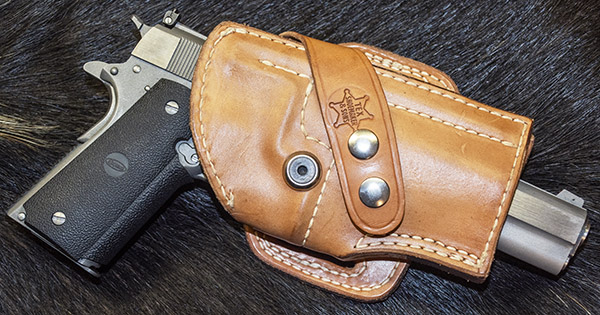
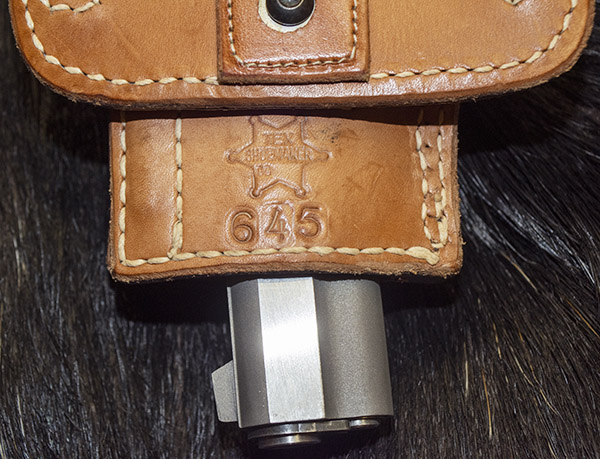
Sue and I rode over to Shoemaker’s that day. It was a factory and they didn’t have a retail facility, so I walked up to the loading dock, looked up at a guy standing above me, and explained why I was there. A minute later that same nice guy I had spoken with on the phone appeared with the holster he told me about on the phone. I had my Long Slide with me and we tried the big 1911 in it; the fit was perfect. He also had two magazine holders (together they could hold four magazines). The holster was just what the doctor ordered, and I told him that even though it wasn’t commercially available yet, I’d like to buy it. He smiled, gave all three items to me, and told me there was no charge.
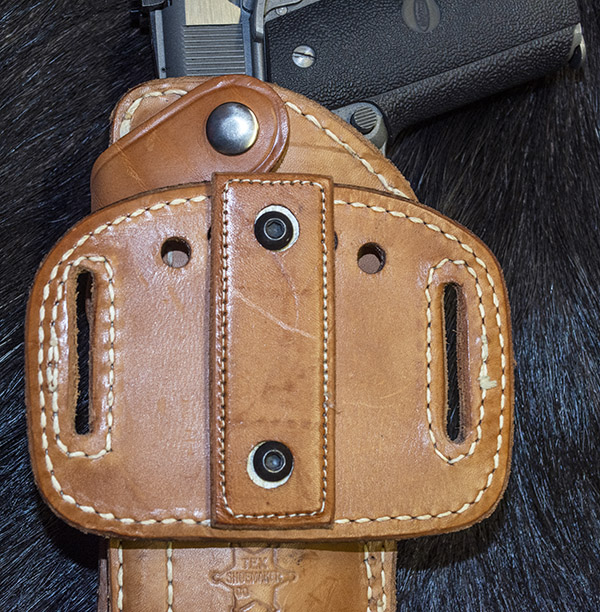
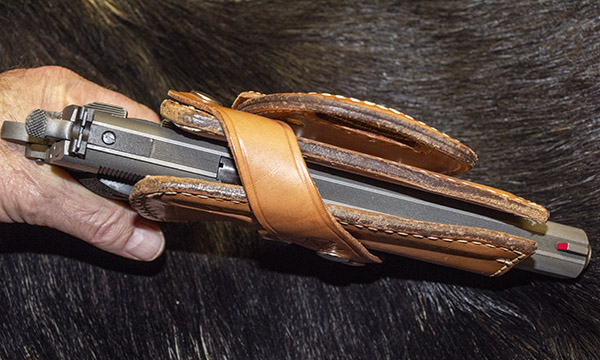
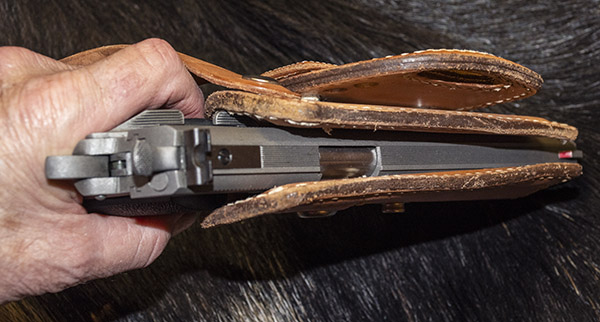
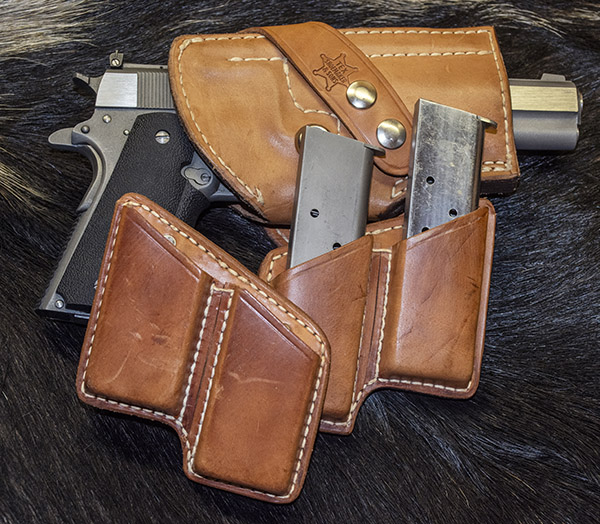
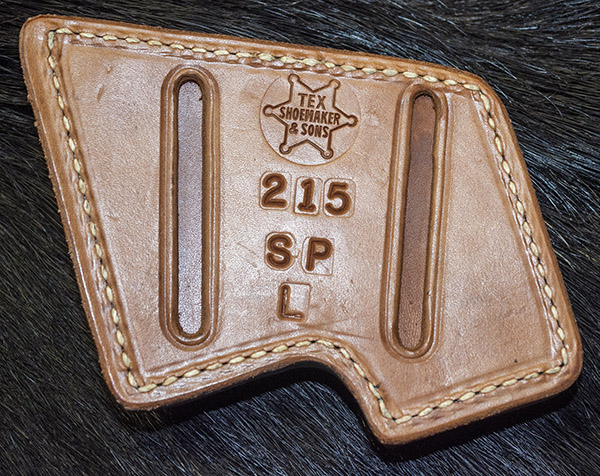
I was shocked when that nice man told me there was no charge, and then I realized I didn’t even know who he was. I introduced myself, and as we shook hands, he told me his name: Randy Shoemaker. Randy Shoemaker was Tex Shoemaker’s son.
I never pursued quick draw competition. I had visions of shooting myself in the foot, and it just wasn’t something I wanted to do. But I sure enjoy owning my Tex Shoemaker leather. Maybe someday, I’ll enter the Quick Draw McGraw games. In the meantime, here’s an unashamedly doctored video of me playing around a few years ago at the West End Gun Club.
Never miss an ExNotes blog:

